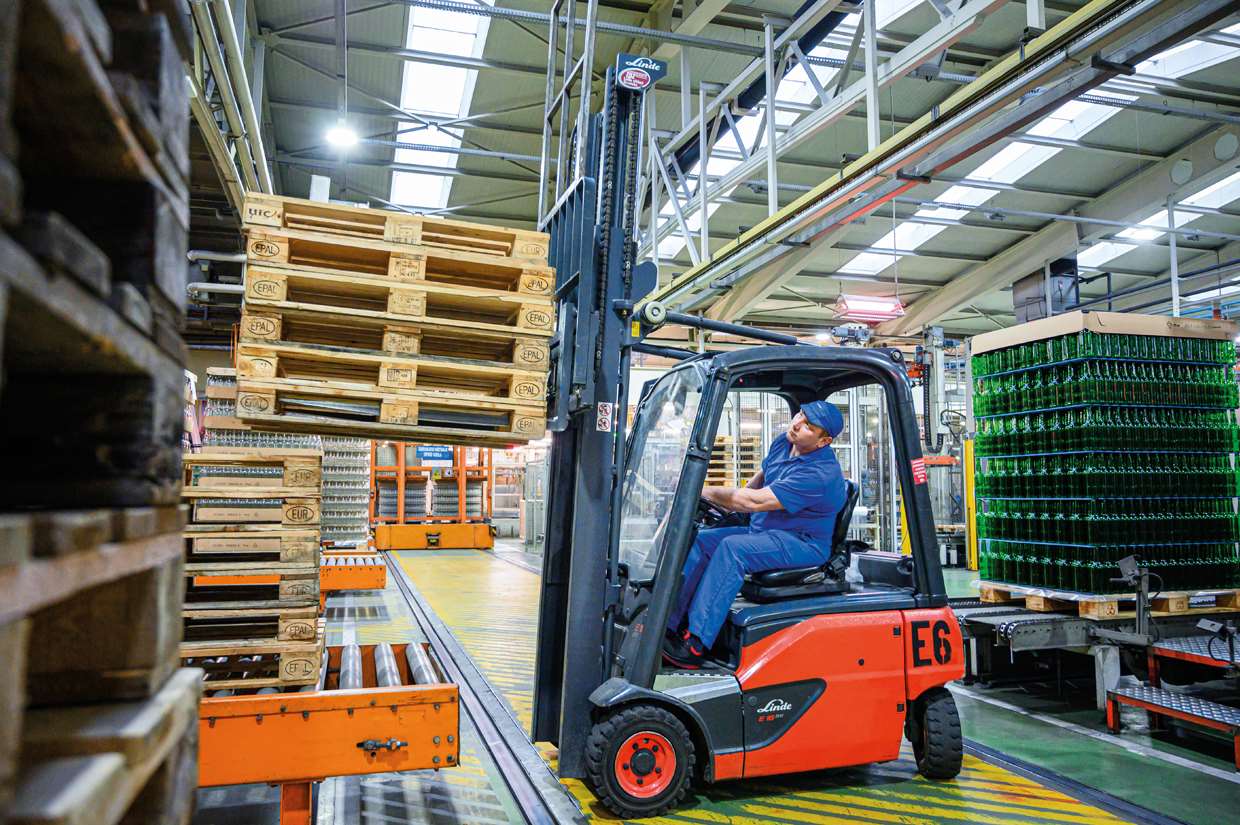- Interview CEO
- Vetropack Locations
- Market environment offering opportunities and challenges
- Business model
- Strategy 2030
- Management Structure
- Organisation
- Col2
- Material Topics and Performance Review
- Customers and suppliers
- Finances
- Innovation and intellectual property
- Production and products
- Employees
- Environment
- Col3
- New designs
- Financial Report
- Col1
- At a Glance
- Financial Report Vetropack Group
- Consolidated Balance Sheet
- Consolidated Income Statement
- Consolidated Cash Flow Statement
- Changes in Consolidated Shareholders’ Equity
- Consolidation Principles
- Valuation Principles
- Notes
- Ownership Structure
- Company Participations
- Report of the statutory auditor on the consolidated financial statements
- Five Year Overview
- Col2
- Financial Report Vetropack Holding Ltd
- Balance Sheet
- Income Statement
- Notes
- Board of Directors’ (BoD) Proposal for the Corporate Profit Appropriation
- Report of the statutory auditor on the financial statements
- Five Year Overview
- Corporate Governance
- Col1
- Introduction
- Board of Directors
- MB Members
- Remuneration and Additional Information
- Shareholders’ Participation Rights
- Auditors
- Information Policy
- Contact Address
- Remuneration Report
- Col1
- Introduction
- Principles of the Remuneration Scheme and its Components
- Organisation and Authorities for Determining Remuneration
- Description of the Remuneration Components
- Board of Director’s Remuneration
- Management Board’s Remuneration
- Comparison of Remuneration disbursed with the Remuneration approved by the 2020 and 2021 Annual General Assembly
- Shareholdings
- Report of the statutory auditor on the remuneration report
- Sustainability Report
- Col1
- Sustainability Report
- Customers and suppliers
- Finances
- Innovation and intellectual property
- Production and products
- Employees
- Environment
- Col2
Sustainable forklift trucks
Conserving resources and improving ride comfort at the same time

In the Vetropack Group, sustainability has for some time no longer been limited to just the production process. All production workflows are regularly examined and adjusted with regard to their energy efficiency. For example, Vetropack’s plants in Austria and Croatia are the first in the Group to switch to electric forklift trucks.
The Vetropack Group uses sustainable business practices to safeguard the success of its business. In an effort to conserve resources and achieve cost efficiency, all production processes and all the associated infrastructure are regularly checked for possible savings and improvements in energy efficiency across all the Groupʼs plants.
As part of this, the forklift fleet at the Vetropack Austria plants in Kremsmünster and Pöchlarn were subjected to a close analysis. In both glass factories, the forklifts are mostly in use around the clock to transport manufactured products to the warehouse and to load them onto trucks or trains. They also carry all necessary operating equipment. In one year, a forklift will perform at least 1,500 loading processes and be in use for up to 5,000 hours. This adds up to around 20,000 hours of operation over the lifecycle of a forklift, which converted to a car motor equates to one million kilometres travelled.
Great potential for savings
Several years ago, Vetropack Austria began to switch gradually from traditional machines powered by diesel engines to electric forklifts. The advantages are very clear, as when comparing overall costs an electric forklift is up to 30% cheaper than one operated by diesel. And using electric forklifts reduces CO2 emissions while also decreasing energy costs. Two thirds of the fleet have now been switched to electric in the Austrian plants. Diesel consumption has dropped significantly and will decline even further thanks to plans to acquire more forklifts. Fine dust pollution in the halls has also decreased.
The advantages outweigh the negatives
Electric forklifts do not create a lot of noise or vibrations and are therefore much more pleasant to operate for the driver. They do, however, pose a challenge in relation to occupational safety. As electric forklifts are barely audible, they are equipped with a blue spot and a flashing light on the roof. These light up when driving in reverse and therefore provide a warning to pedestrians. Another advantage is the lower maintenance cost. Nevertheless, depending on the temperature, it is necessary to change the battery after around five to eight hours. In both plants, in-house garages were fitted with charging stations for the electric forklifts. The power is drawn entirely from renewable energy.

A win-win situation in Croatia too
At Vetropack Straža, the working conditions are also regularly improved and redesigned to be more environmentally friendly. The first electric forklift was acquired back in 2008 for the cold end and more electric forklifts followed. In Hum na Sutli, the air quality in the production halls has been significantly improved. As such, there are plans across all departments to replace the conventional forklifts with the easier to operate and more environmentally friendly electric forklifts.
This website uses cookies to ensure you get the best experience on our website.Privacy statement
- Sustainability Report
- Col1
- Col1
- Col1
- Col1
- Material Topics and Performance Review